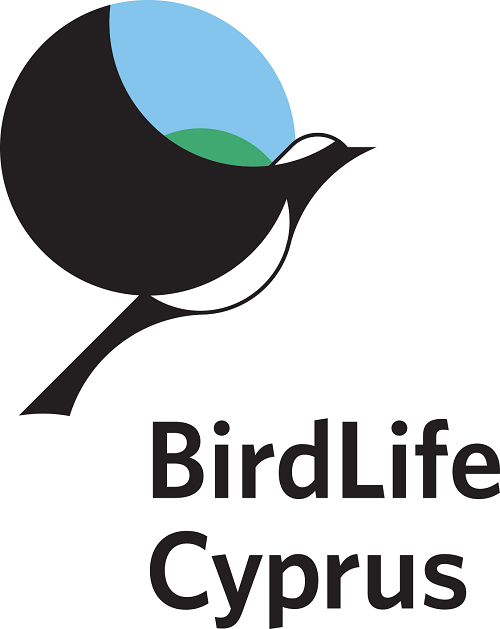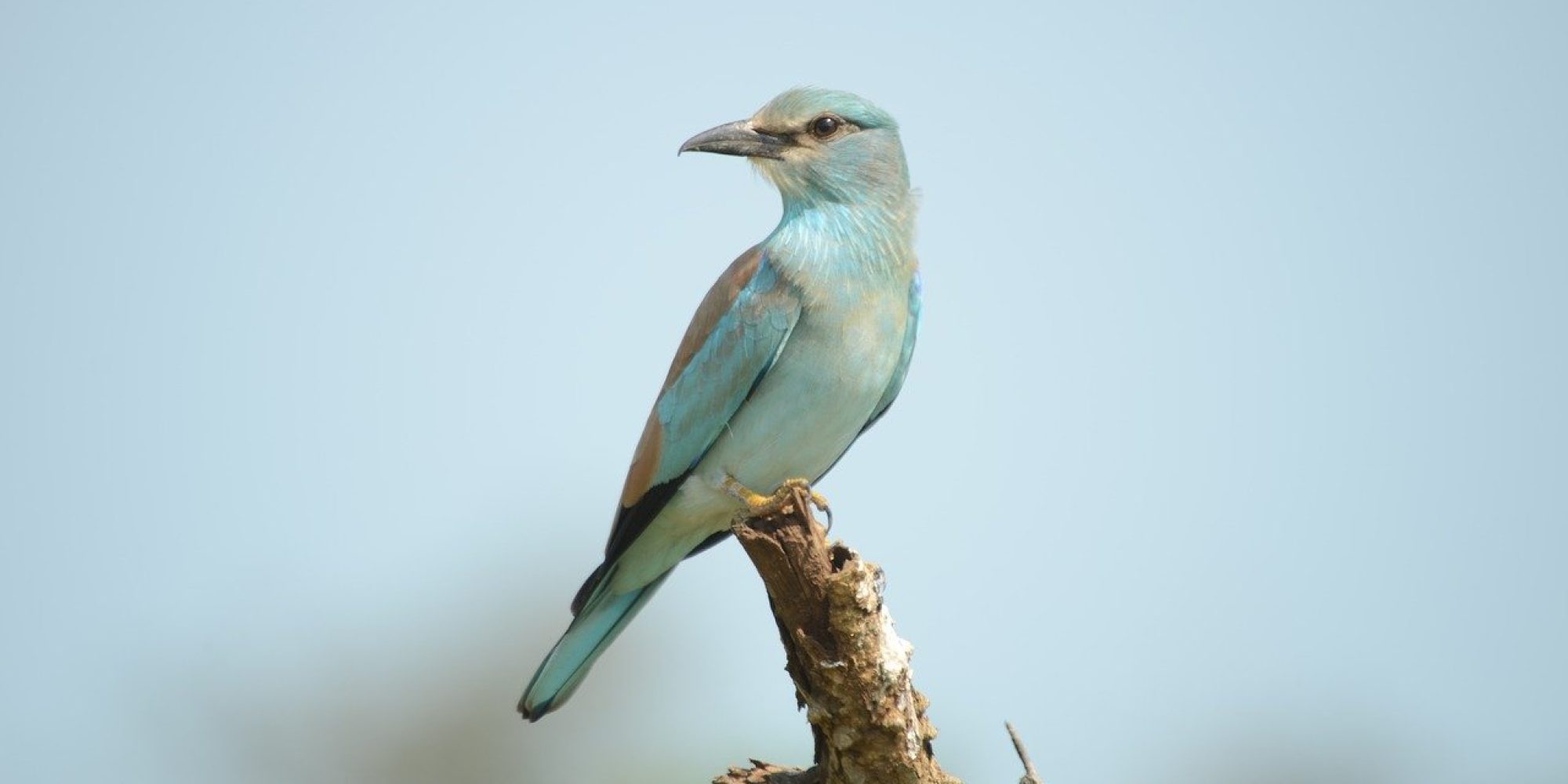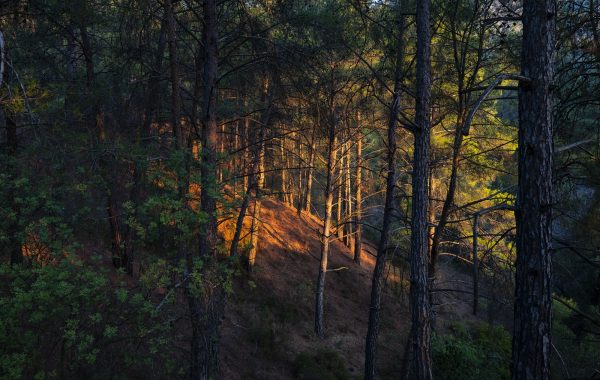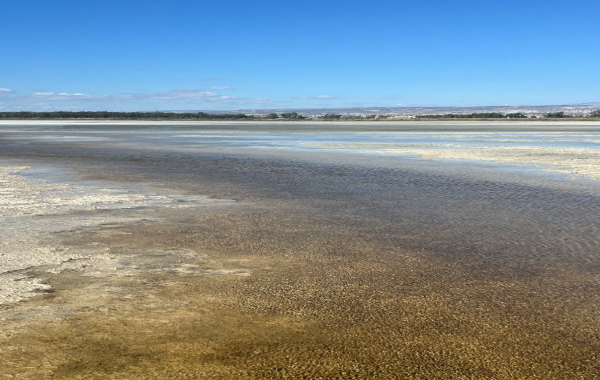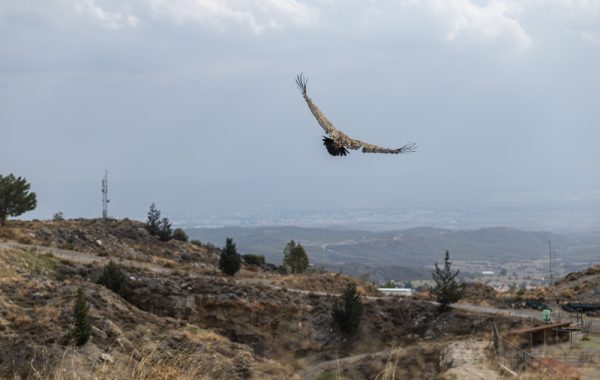Spring in Cyprus is a time of transformation. The island comes alive with vibrant wildflowers, lush greenery, and the melodic symphony of birdsong. But there’s another, even more magical phenomenon taking place: the spring bird migration. Every year, hundreds of thousands of birds pass through Cyprus, making it one of the most exciting places in the Mediterranean to witness this natural wonder.
Why birds migrate
Bird migration is driven by the search for food, breeding grounds, and favourable weather conditions. As winter ends, birds that spent the colder months in Africa begin their journey north to Europe, where they will breed and raise their young. Bird migration is nothing short of a feat, which requires tremendous energy expenditure and exposes birds to numerous hazards—predators, storms, exhaustion, and increasingly, human-related threats. For many species, the journey can span thousands of kilometres, making stopover sites essential for rest and refuelling.
Cyprus, located at the crossroads of Europe, Asia, and Africa, is a critical stopover for these weary travellers. After hours of flying over the open Mediterranean Sea, the island’s coastlines are the first land they encounter – an opportunity for them to rest and refuel before continuing their journey.
Birdwatching in Cyprus
Cyprus’ position on a major flyway between Europe and Africa makes it essential for countless birds. The coastlines serve as first landing points after hours over the Mediterranean and act as navigational guides, especially for waders and wildfowl. Key “migration bottlenecks” from Akamas to Karpasia peninsulas function as vital refueling stations.
Spring migration in Cyprus begins as early as February, with the first swallows and wheatears—like the Isabelline and Northern Wheatear—making their appearance. By the end of the month, the Great Spotted Cuckoo also arrives. In early March, the first Hoopoes show up, and by the end of the month, migration is in full swing. Birds like Pallid Harriers, Wrynecks, Larks, Pipits, Wagtails, Black-eared Wheatears, Sylvia warblers (including Rüppell’s and Subalpine), and both Cretzschmar’s and Ortolan Buntings are seen in greater numbers.
Migration continues through early April with the arrival of Egrets, Herons, Waders, Rollers, Bee-eaters, Olivaceous Warblers, Shrikes, Golden Orioles, and Black-headed Buntings. By late April, the migration of smaller birds (passerines) slows down, but wader movement continues—along with the chance of spotting a rare species well into May.
There’s no better time to explore Cyprus’ natural beauty than during spring migration. Whether you’re a seasoned birder or a curious beginner, the island’s coasts and countryside offer endless opportunities to connect with nature. Our expert-led field trips and specialized bird tours offer something for everyone.
Take part in our conservation efforts: Bird ID Course and Monitoring

Spring is also the busiest time for our bird monitoring team. From late March to early June, we conduct breeding bird surveys and monitor the island’s bird populations. Want to get involved? Our Bird ID Course is the perfect starting point. This course will equip you with the skills to identify birds, participate in bird counts, and contribute to our conservation efforts. By joining our team of citizen scientists, you’ll play a vital role in protecting Cyprus’ avian visitors and residents. These monitoring efforts provide critical data that informs conservation strategies and helps protect the habitats these migratory birds depend upon.
So grab your binoculars, head to the coast, and let the magic of migration inspire you. And if you’re ready to take your passion to the next level, join our field trips, book a bird tour or sign up for our Bird ID course, and become part of a community dedicated to protecting Cyprus’ birds.
